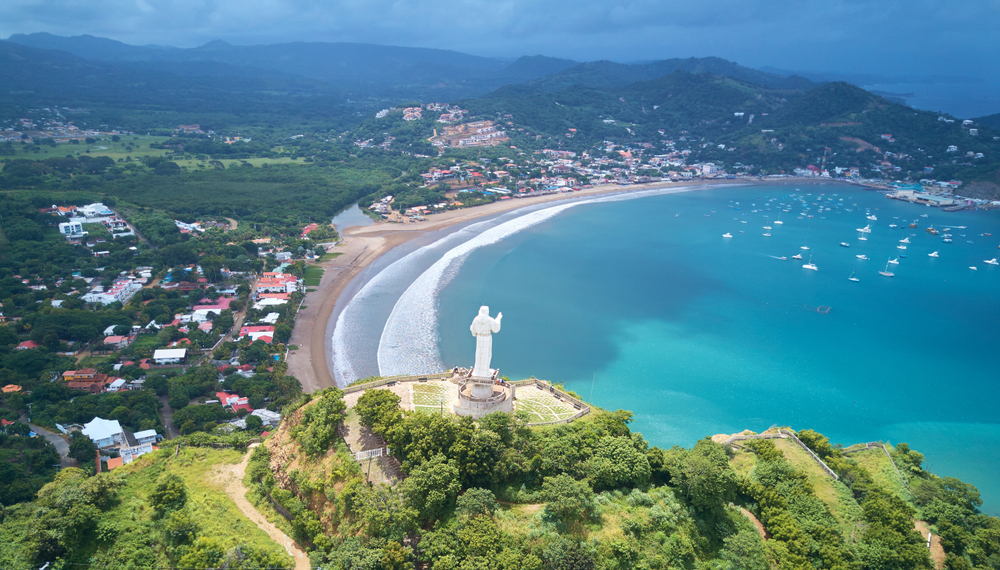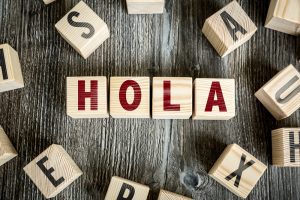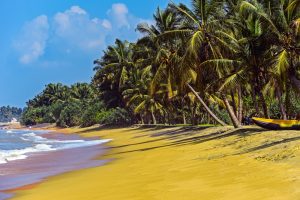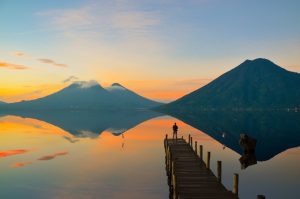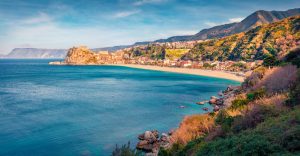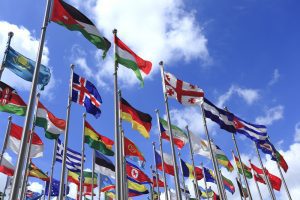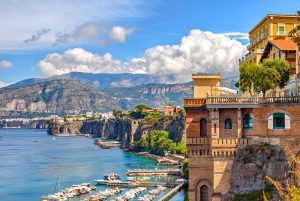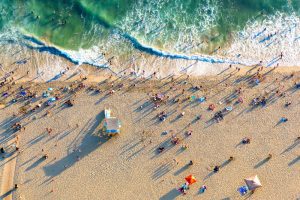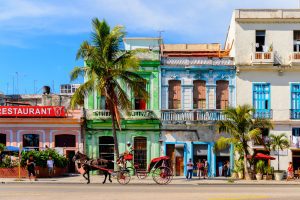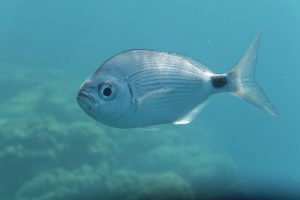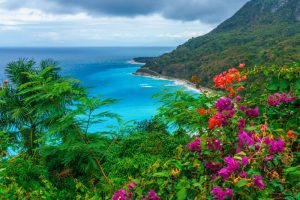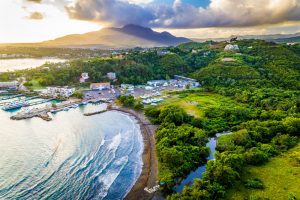Central America has beautiful countries with intoxicating cultures that make you want to visit time and time again.
When considering the region, you might want to know which country is between Honduras and Costa Rica.
Breathtakingly beautiful Nicaragua lies between Costa Rica and Honduras. Nicaragua has the beautiful blue Caribbean Sea to one end, lush green mountains and forests in the middle, and the Pacific Ocean on the other end.
Table of Contents
What is Nicaragua known for?

Formally known as the Republic of Nicaragua (Republica de Nicaragua), it is the most populous Central American nation, with Managua as its capital.
Popularly known as the “Land of Lakes and Volcanoes,” Nicaragua boasts the Bosawás Biosphere Reserve, a rainforest that’s the second biggest in the Americas. Nicaragua is becoming a more prominent tourist destination due to its biological richness, mild tropical climate, and active volcanoes.
People of indigenous, Asian, African, and European ancestry make up the six-million-strong multi-ethnic community. The primary language spoken is Spanish.
The Mosquito Coast’s indigenous lineages speak their languages as well as English.
Who were the first settlers in Nicaragua?
The territory, which had been inhabited by numerous indigenous cultures since antiquity, was occupied by the Spaniards in the sixteenth century. In 1821, Nicaragua declared independence from Spain.
The Mosquito Coast, on the other hand, had a different road in history, being occupied by the British in the 1800s and eventually coming under British authority. In 1860, it became a Nicaraguan independent territory, and in 1960, the most northerly section was given to Honduras.
Nicaragua has experienced political turmoil, authoritarianism, occupation, and budgetary catastrophe from its independence, including the Nicaraguan Revolution in the 1960s to the 1970s and a decade later, the Contra War.
What has led to Nicaragua’s cultural diversity?
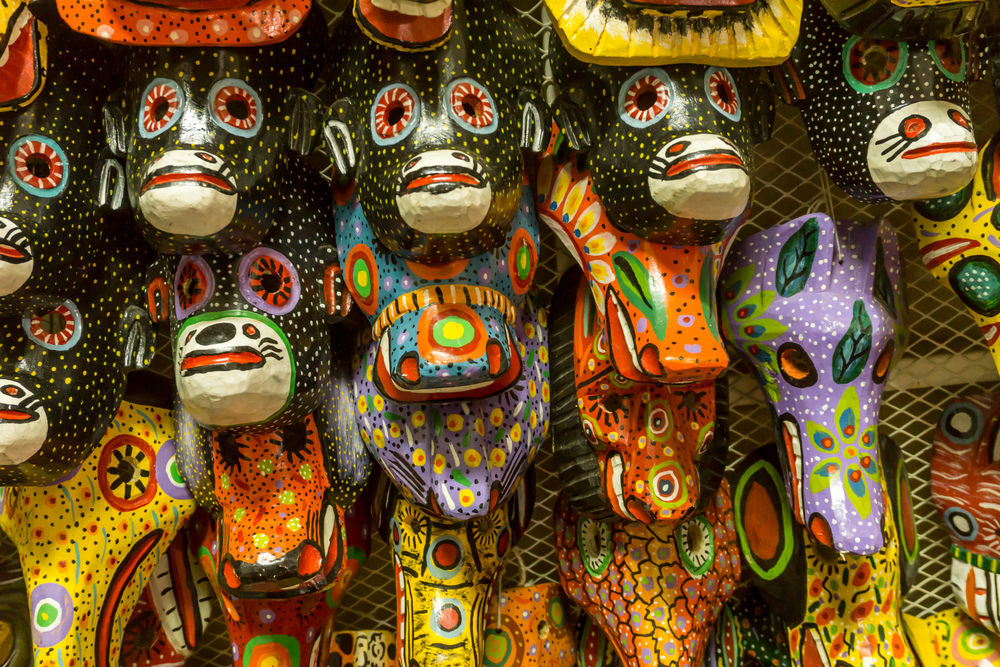
The blending of cultural traditions has resulted in significant diversity in literature, folklore, food, and music.
The east and west coasts of the country are good examples of this. On the Pacific (west) coast, you’ll find Spanish-speaking locals and architecture heavily influenced by the Spanish. On the east coast, you’ll hear English and creole languages and food with rich, Caribbean flavors.
What is the origin of Nicaragua’s name?
There are two theories about where “Nicaragua” came from. The first is that the name “Nicarao” was derived from “Nicarao,” the chieftain of a prominent indigenous tribe.
According to this idea, Nicaragua’s name originates from Agua and Nicarao, referring to the country’s two main lakes and several smaller bodies of water. However, it was discovered in 2002 that the chief’s correct name meant “Five Deaths.”
The second hypothesis is that the country’s name comes from one of the Nahuatl terms nic-Anahuac, which means “Anahuac reached this far,” among other things.
Why did the United States invade Nicaragua?
In 1909, the United States backed conservative forces fighting against President Zelaya. Differences over the projected Nicaragua Canal, Nicaragua’s ability to destabilize the area, and Zelaya’s undertakings to limit outside passage to Nicaraguan natural reserves were among the reasons given by the United States.
After 500 rebels (two Americans included) were murdered by the command of Zelaya in late 1909, US warships were dispatched. The US justified its action by stating that it was necessary to safeguard American lives and property. Later that year, Zelaya resigned.
In August 1912, Nicaraguan President Adolfo Daz asked General Luis Mena, the country’s secretary of war, to resign because he was spearheading an insurgency. Mena and his police commander brother escaped Managua to launch an insurgency.
How long did U.S. marines control Nicaragua?
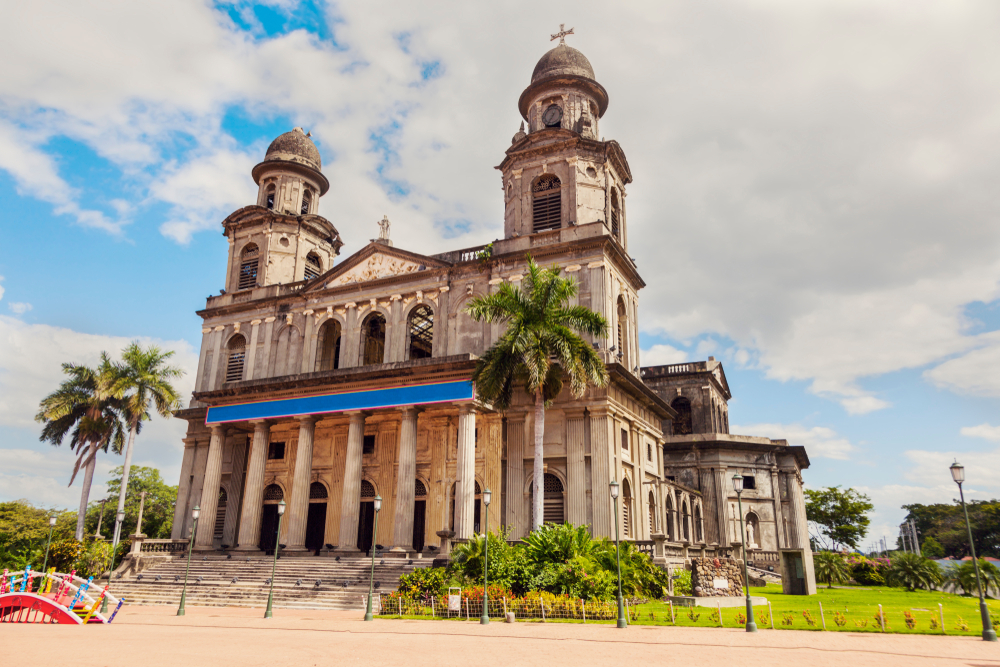
Following the capture of an American company’s steamboats by Mena’s men, the US delegation begged President Daz to protect the security of American citizens and estates throughout the insurgency. He replied that he couldn’t and requested that the United States intervene in the dispute.
Except for a nine-month interval in 1925, US Marines controlled the country between 1912 and 1933. The Bryan–Chamorro Treaty, signed in 1914, gave the United States authority over a projected canal across Nicaragua, and leaseholds for possible canal defenses.
Following the departure of the US Marines in 1926, another violent confrontation between Conservatives and Liberals culminated in the return of US Marines.
Is Nicaragua governed by a dictatorship?
Nicaraguan politics are governed by a democratic republic led by a presidential representative, in which the leader serves as both state and government head as well as a multi-party system. The government is in charge of executive power.
Both the national assembly and the administration have legislative power. The judiciary is separate from the executive and legislative branches.
The nation’s top political parties debated the idea of switching from a presidential to a parliamentary system from 2007 to 2009. The reason for this was to clearly distinguish between the head of state and the government.
However, it was later claimed that the underlying motivation behind this plan was to establish a legal mechanism for President Ortega to stay in power when his second and final government session ended in January 2012. In November 2016, Ortega was re-elected to a third term.
Why is Nicaragua embroiled in a conflict with Colombia and Costa Rica?

Nicaragua conducts foreign policy that is independent of the United States.
Nicaragua has territorial conflicts with Colombia regarding the San Andrés y Providencia Archipelago and the Quita Sueo Bank, in addition to Costa Rica regarding the San Juan River.
What is the military like in Nicaragua?
Nicaragua’s armed forces are made up of numerous military units. Nicaragua is armed with an army, navy, and air force.
There are approximately 14 thousand active military personnel, which is significantly less than during the Nicaraguan Revolution.
Despite the army’s tumultuous military history, a section of its personnel, called the national guard, were merged into what is now the Nicaraguan National Police.
The government transformed the police force into a gendarmerie; however, Nicaragua’s National Police is rarely if ever, referred to as a gendarmerie.
The remaining elements and troops from the national police force were dispatched to Nicaragua to train the new army.
The minimum age to join the military is 17, and conscription is unlikely. The military budget accounted for around 0.7 percent of Nicaragua’s total expenditures in 2006.
In 2017, agreed to the prohibition of nuclear weapons by ratifying a United Nations Treaty.
Is Nicaragua a safe place to visit?
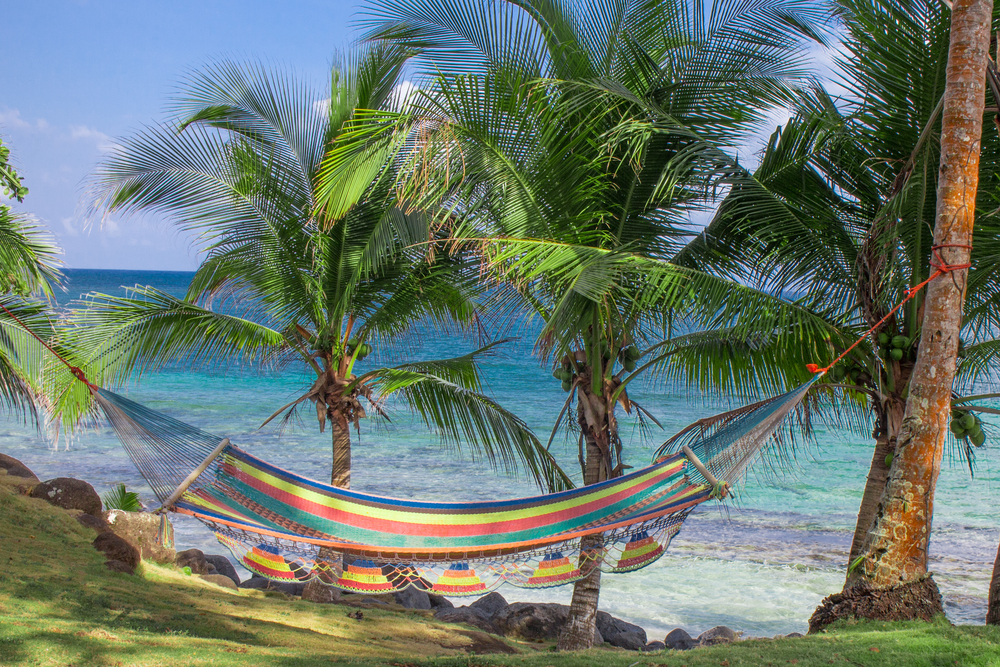
The United Nations Development Program regards Nicaragua as Central America’s safest country and among Latin America’s safest, with a homicide rate of less than 9 for every 100,000 individuals.
The Nicaraguan National Police Force is the unit in charge of routine police duties and, on occasion, collaborates with the country’s military, bringing about a subtle and deceptive gendarmerie.
The Nicaraguan National Police, on the other hand, operate independently of the military and follow a different set of rules. As per a recent US Department of State study, arbitrary arrests, torture, and terrible jail conditions are the norm, notably among law enforcement and the courts.
Is Nicaragua a land of poverty?
Nicaragua is one of the world’s poorest nations. In purchasing power parity (PPP), its GDP was calculated at US$17.37 billion in 2008.
Agriculture accounts for 15.5 percent of GDP, which is the highest in Central America.
How much does Nicaragua depend on remittances?
Remittances contribute more than 15 percent of Nicaragua’s GDP. Nicaraguans residing abroad send about a billion dollars to the country. In 2011, the economy increased at a rate of around four percent.
Due to tight taxation and civil war, it had a negative growth rate of -3.9 percent by 2019; the IMF predicts a further decrease of six percent in 2020 due to COVID-19.
The country’s inadequate public spending and market assurance in the sovereign deficit was badly harmed by restrictive tax policies enacted in 2019 and a political conflict over social security. GDP growth is predicted to dip to -6 percent in 2020, according to updated IMF predictions from mid-2020, because of the emergence of COVID-19.
What percentage of Nicaraguans are poverty-stricken?
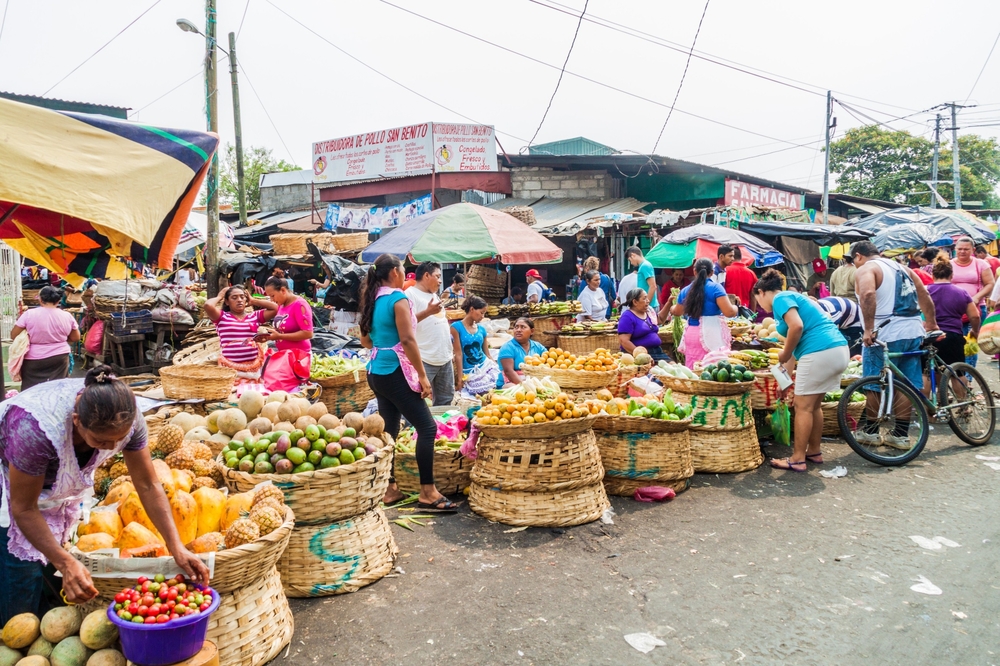
According to the United Nations Development Programme, 48 percent of Nicaragua’s population lives in poverty, with 79.9 percent living on less than $2 per day. According to UN figures, 80 percent of Nicaragua’s indigenous population (who make up five percent of the populace) survive on less than $1 every day.
The World Bank claims that Nicaragua has the 123rd best economy for establishing a business out of 190 countries. The Heritage Foundation rated Nicaragua’s economy as “62.7 percent free” in 2007, citing trade freedom, economics, investment, labor, government, and strong fiscal levels.
It was ranked 61st freest economy in the world and 14th (out of 29) in the Americas.
Which country assisted Nicaragua in reducing its debt?
In early 2007, Nicaragua and Poland agreed to waive off $30.6 million in debt that the Nicaraguan government had taken out in the 1980s. Inflation fell from 33.5 percent in 1988 to nearly 9.5 percent in 2006, causing the country’s foreign debt to slash in half.
What are Nicaragua’s main sources of income?
Nicaragua is predominantly an agricultural country, with agriculture accounting for 60 percent of total exports and yielding around $300 million each year. The northern section of the central highlands produces over two-thirds of the country’s coffee.
Tobacco, which is produced in the same northern highlands area as coffee, has gained in importance as a cash crop since the 1990s, with yearly leaf and cigar exports totaling around $200 million. In the cotton district, pollution and soil decline due to pesticide use have become major concerns.
From 1985, both profits and exports have been falling. The majority of Nicaragua’s bananas are now farmed around the port of Corinto in the northwestern section of the nation; farmers also produce sugarcane in the same territory.
The root crop cassava, which resembles a potato, is a staple diet in tropical areas. Tapioca pudding also contains cassava as a primary ingredient.
What is the secret of Nicaragua’s agricultural success?
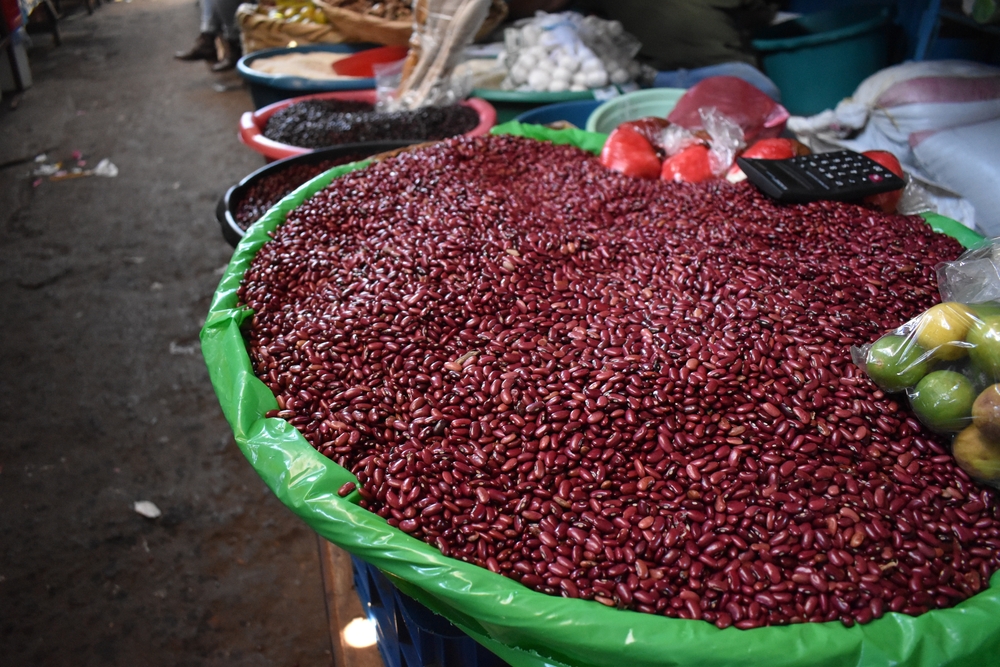
Because of Nicaragua’s strong ties to Venezuela, the country’s agriculture sector has profited. Venezuela is expected to import almost $200 million worth of agricultural products.
The government began initiatives to diversify agriculture in the 1990s. Onions, melons, sesame, and peanuts were among the new export crops.
On the Caribbean side, shrimp and lobsters are brought in by fishing boats to processing companies in Laguna De Perlas, Bluefields, and Puerto Cabezas. On the Caribbean coast, a turtle fishery flourished before collapsing due to overfishing.

